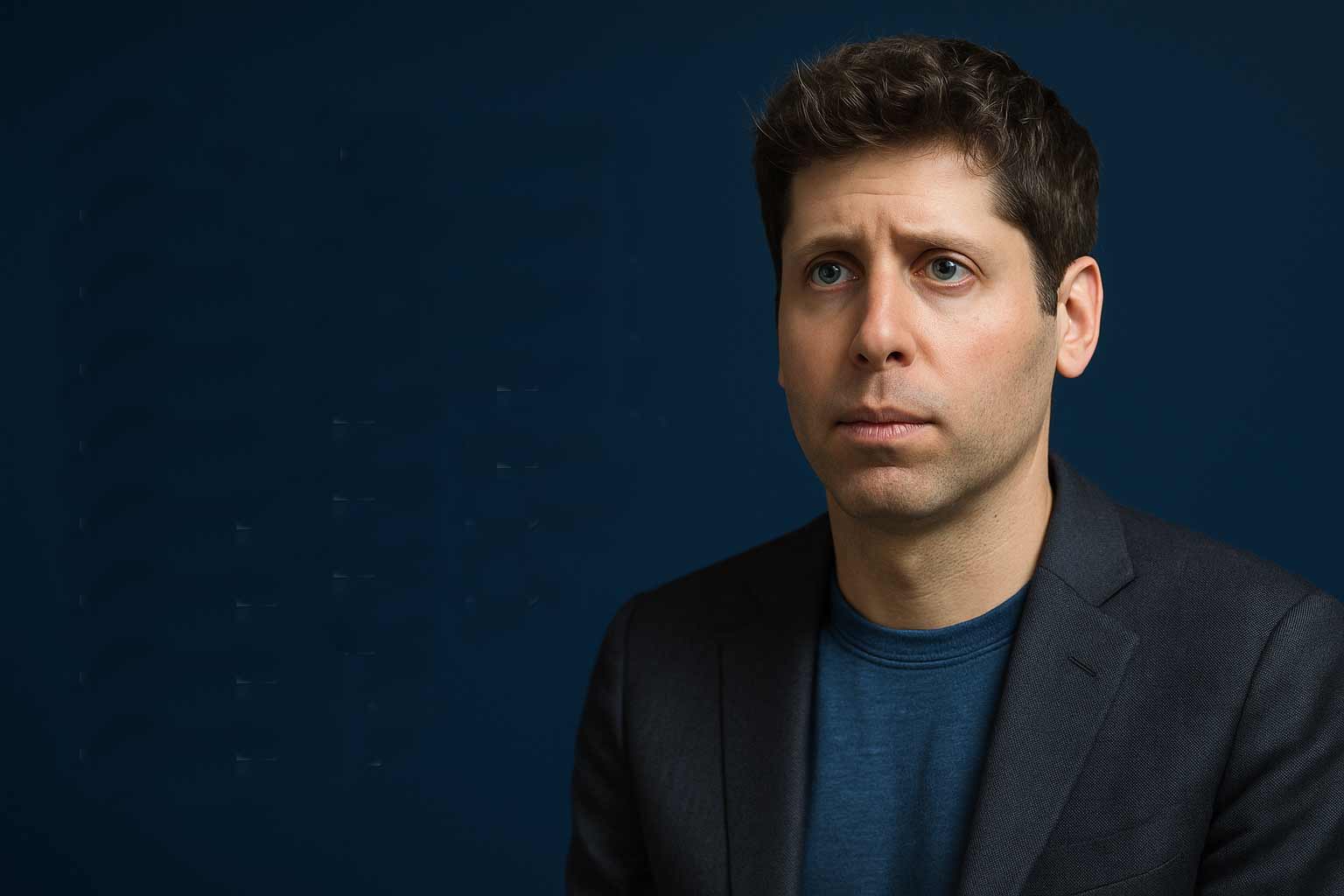Artificial Intelligence has transformed the way we create, work, and communicate. From generating articles and videos to creating realistic images, AI has become an everyday companion for content creators, businesses, and students. However, as AI capabilities advance rapidly, experts are starting to raise alarms about its potential risks. One such voice is Sam Altman, CEO of OpenAI, who recently expressed serious concerns about the upcoming release of GPT‑5.
Why GPT‑5 Is Making Headlines
GPT‑5 is the next-generation AI language model expected to be released in August 2025. Building on the success of GPT‑4, this new version promises unprecedented speed, accuracy, and creative capabilities. According to Altman, GPT‑5 will perform complex reasoning tasks and generate human-like content faster than ever before. While this sounds exciting for content creators and businesses, the same power that makes GPT‑5 innovative also makes it risky if misused.
Altman compared GPT‑5’s impact to the Manhattan Project, signaling how transformative and potentially dangerous this technology could become without proper oversight. His main concern? The speed of development is outpacing regulation and safety measures.
What Makes GPT‑5 Different?
Unlike earlier versions, GPT‑5 is expected to process information with greater context awareness and multi-modal abilities, meaning it can handle text, images, video, and audio in one seamless workflow. For content creators, this could eliminate the need for multiple tools, imagine writing a blog, generating a matching image, and creating a short promotional video, all using the same AI model.
However, such integration also creates ethical challenges. The possibility of deepfake videos, AI-generated misinformation, and identity manipulation becomes more real when a single system can replicate almost any form of human communication.
Why Is Altman Concerned?
Altman’s warning is not about stopping progress but ensuring responsible innovation. He emphasized that without strong safeguards, GPT‑5 could be misused for malicious purposes, such as spreading propaganda, creating fake news, or automating cyberattacks. OpenAI has pledged to include strict alignment systems and ethical guidelines, but Altman admits that achieving 100% safe deployment is nearly impossible.
His comments come as global regulators push for AI governance frameworks, like the EU’s AI Act and the newly announced AI Code of Practice. These rules aim to ensure transparency in training data, copyright compliance, and risk management, but whether regulations can keep up with innovation remains uncertain.
What Does This Mean for Users and Creators?
For bloggers, YouTubers, marketers, and students, GPT‑5 could be a dream tool for productivity and creativity. It could write high-quality articles, generate SEO-optimized content, design branded images, and even create AI-powered videos in record time. Tools like ChatGPT are already popular, but GPT‑5 promises faster performance and more advanced capabilities that will make older tools seem limited.
However, creators should be prepared for stricter platform policies. For instance, YouTube and social media sites are already tightening rules on AI-generated content to prevent low-quality or misleading material from flooding the internet. Expect more transparency requirements, such as labeling AI content and following ethical practices to avoid penalties or demonetization.
GPT‑5 represents both the future of AI innovation and a major responsibility for developers and users. While the technology can make life easier for content creators, educators, and businesses, it also poses challenges that cannot be ignored. Sam Altman’s warning serves as a reminder that AI is not just a tool, it’s a force that needs careful handling.
What do you think about GPT‑5? Are you excited to try it, or worried about its risks? Share your thoughts in the comments and join the discussion on how we can shape a responsible AI-driven future.





great job nice information